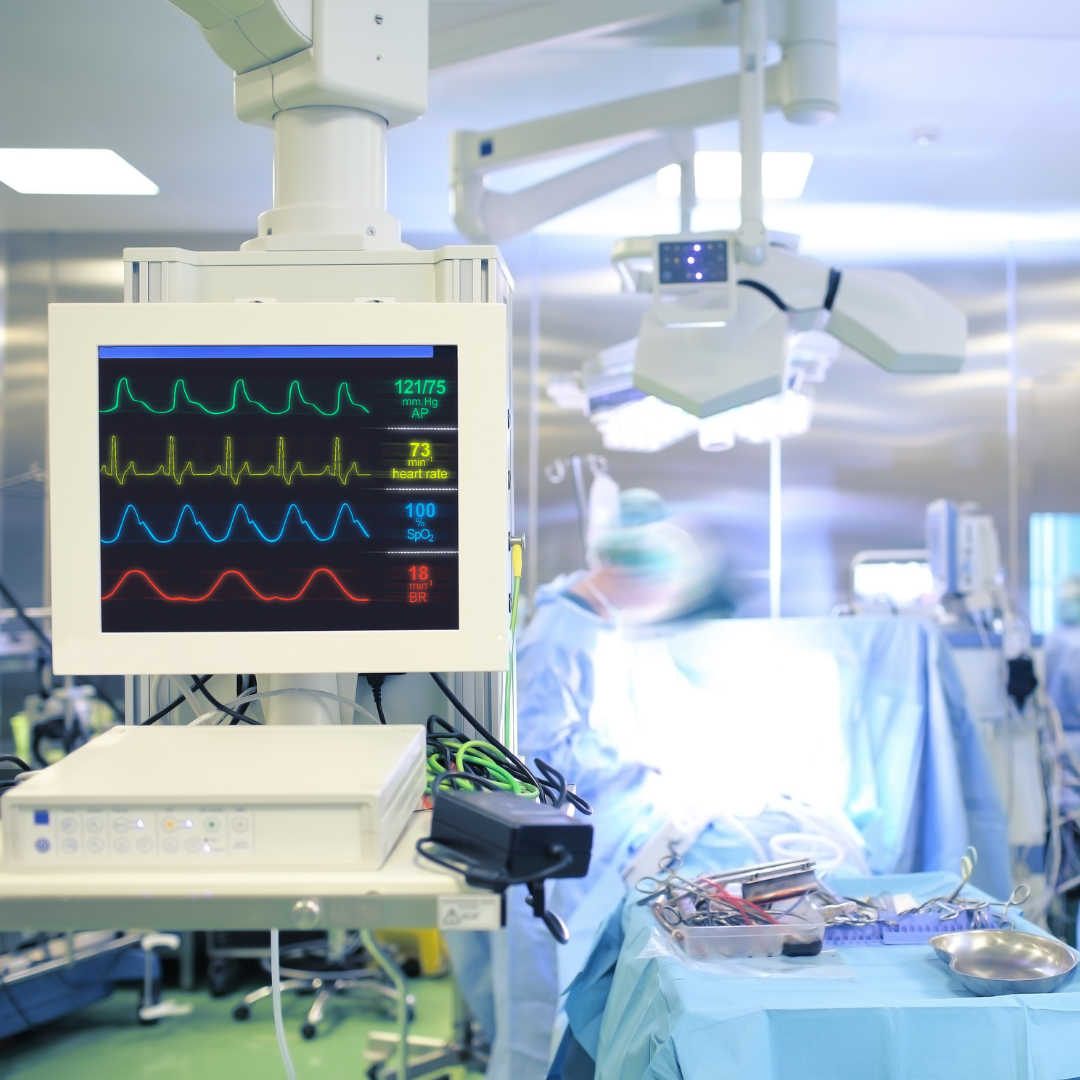At CTVS, our team of board-certified thoracic surgeons routinely perform a procedure known as a thoracic sympathectomy to treat hyperhidrosis, or excessive sweating. During this surgery, part of the sympathetic chain of nerves that runs along the spine is carefully severed to halt signals that trigger the sweat glands.
Now, thoracic sympathectomy is increasingly being used to treat serious heart conditions such as ventricular arrhythmia (an abnormal heartbeat) in patients who fail to respond to other therapies like medication and/or ablation.
What is a thoracic sympathectomy?
The sympathetic chain is a small nerve chain that runs along each side of the spine on the inside of the chest. It is responsible for many of our “fight or flight” responses. When people hear about sympathectomy, it is most commonly associated with hyperhidrosis. During surgery, interruptions, or cuts, are made along the nerve chain to prevent nerve signals being sent out through the body.
“Over the past several years, this treatment strategy has also emerged as an option for adults with recurrent ventricular arrhythmia,” says CTVS board-certified thoracic surgeon Dr. Rachel Medbery.
“Research shows that this surgery to control nerve signals has been proven to be an effective treatment method for preventing cardiac arrest.”
How does thoracic sympathectomy help patients with ventricular arrhythmias (who have pacemakers or ICDs)?
Ventricular arrhythmia can be responsible for sudden cardiac death, and so it is very important to seek swift and proper treatment. In most cases, medications and/or ablations are sufficient for treating and/or preventing this condition. Additionally, many patients suffering from arrhythmia may also have an implantable cardioverter defibrillator (ICD) to help prevent sudden death. In some patients, however, these treatments are not enough.
Who is a candidate for thoracic sympathectomy?
Identifying candidates for the procedure is a multi-disciplinary effort between cardiologists, electrophysiologists, and thoracic surgeons. Patients who have failed or are not candidates for traditional treatment options are often considered, but they must be well enough to tolerate general anesthesia and a surgical intervention.
What are the risks and benefits?
Besides the typical surgical risks, those associated with thoracic sympathectomy include Horner’s syndrome (ptosis, miosis, and anhidrosis), compensatory sweating, and bradycardia.
The key benefit of having this procedure done is the cessation of life-threatening arrhythmias along with a possible reduction in some medication.Dr. Medbery says that a thoracic sympathectomy can be successfully performed for our arrhythmia patients here in Austin and Central Texas through a collaborative multidisciplinary approach.
For questions about any of our thoracic, vascular, or cardiac services, please visit ctvstexas.com or call us at (512) 459-8753 to schedule an appointment.
Don’t forget to follow us on Facebook and Instagram and check our blog for regular updates.

